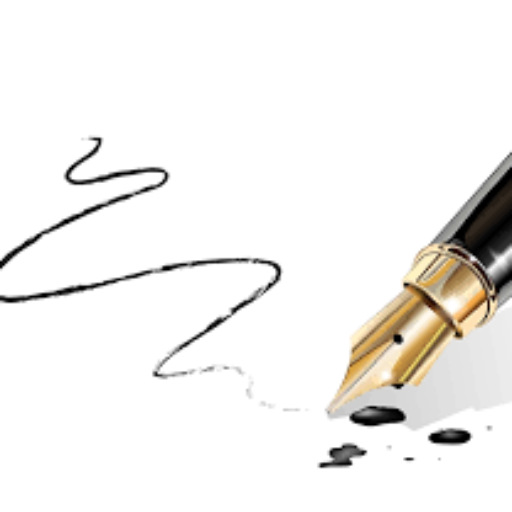
Most new knowledge in South Africa comes from universities, but that is often where it stays. Bound tightly in academic jargon and kept within disciplines, exciting discoveries and new ways of seeing the world remain trapped in the ivory tower.
Traditional news media no longer has the budget or people to cover the science coming out of our institutions of higher learning. This leaves the task of popularising science to scientists and postgraduate students. They are now the guides who can show people the wonders of science in general, and within South Africa specifically.
But writing for a popular audience is very different to writing for an academic journal, and most postgrads are not taught these skills. (And the ability to communicate and write about science is a skill, rather than a gift that a person either has or hasn’t.)
Science Today aims to bridge that disconnect, by giving voice to the next generation of scientists coming through the system. The publication you are holding in your hands is a celebration of South African science and diversity.
There are many conversations in South Africa — and in the world more broadly — about decolonising science, and this is one of the ways in which we can start addressing this thorny and ill-defined problem: through diversity and listening to the stories and research of our colleagues and students in academia.
In this collection, you will find stories of South African science, written by postgraduate students enrolled at our universities. The articles range from a physicist who smashes atoms together to understand their secrets, through to a human evolution scientist investigating how our bones are a diary of our lives and our ancestors’.
Each year, there is also a topic that comes up in different guises across of variety of stories. Science Today 2017 was the year of invasive species: as the climate changes and droughts suck the water from region’s landscapes, resources are becoming scarcer and we are becoming less willing to share those precious resources with invasive species that are damaging natural ecosystems and cannibalising native species. So, whether it is famine weed poisoning small-holder farms, or harlequin ladybirds eating (yes, literally eating) native ladybird species, South Africa’s postgrad students want to tell the world about these problems, and the solutions that they are developing to deal with them.
In our selection, we tried to include a diversity of universities and subjects – both to spread the training and to give readers a taster of some of the amazing and relevant science happening in South Africa.
The point of Science Today is not to receive entries and then rewrite them, as these postgraduate students learned early on. Instead, it was a process of to-ing and fro-ing: the student would submit a piece of writing; I would edit it, asking questions, guiding the structure and requesting that they rewrite obviously scientific passages. They would revise the story and sent it back to me for further edits. This happened numerous times, and the articles in this collection are a testimony to the students’ ability and tenacity.
At the outset, students have to commit three months to this process — a process which adds to their workload, and doesn’t translate into more words for their thesis or hours in the field. And they do this so that they can tell you these stories, because they know that they have something to share with the world, and this publication — the one in your hands right now — stands testimony to that.
Sarah Wild
Science Today editor

Leave a Reply